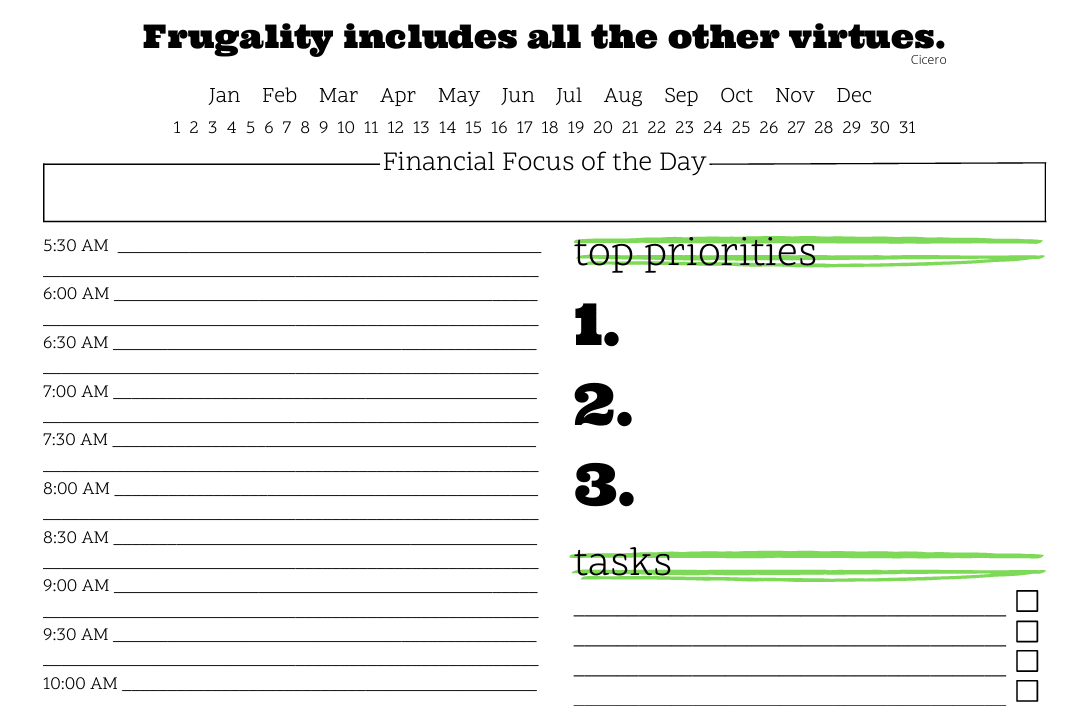This article may contain references to products or services from one or more of our advertisers or partners. We may receive compensation when you click on links to those products or services. Nonetheless, our opinions are our own.
The information presented in this article is accurate to the best of our knowledge at the time of publication. However, information is subject to change, and no guarantees are made about the continued accuracy or completeness of this content after its publication date.

Updated by Albert Fang
Creating an educational portfolio can be overwhelming for trainers, after all, it is their whole career in a single document showcasing their skill and relevance. A few practical pointers for the educational portfolio of trainers are as follows
- Include comments- Include the comments section to collect relevant feedback.
- Triangulate- Triangulate yourself by including different approaches, activities, and assessments that you employed.
- Illustrate- Use relevant illustrations in every section wherever possible.
- Be brief but thorough- You should be brief in your portfolio but at the same time be sure to include any and everything that might be relevant.
- Specificity- You must be specific in your portfolio rather than just beating around the bush. Your content should be accessible without any additional clicks.
- Maintain order- Attachment of the required material must be in an orderly fashion. It should be intuitive.
- Popular formats widely used- Try to use industry standardized formats for all the attached material, be it the image, video, audio, or text. The text can be converted to PDF files for accessibility as well as security. Videos should be converted to MOV format for better accessibility too.
- Compress wherever possible- Compressing the files would be a good idea, as it saves a lot of time for the examiner.
- Protect student identities- Protecting the identities of your students would also be a good idea. You could consider removing their last names and blurring the face in videos.
- Teaching philosophy must be shared- The inclusion of your teaching philosophy is imperative. It would be that, around which the tone of your portfolio would be set.
- Avoid clutter- Avoid overcrowding and clutter, as it distracts the evaluator from even the good parts.
- Research- It pays to do your research in advance, and go through a few examples before actually setting out to construct your portfolio. Give yourself ample time to do research and create the final product.
- Go qualitative and quantitative- Your teaching portfolio is evidence of your teaching capabilities, both quantitatively and qualitatively. You could make use of the current LMS that you use to impart training to provide the relevant data.
- Personalization- It is always a good idea to personalize your portfolio by including brief anecdotes, and showing that you are passionate about teaching and its betterment rather than just getting a new job.
- Show rather than tell- Showing that you are a good educator will go a long way rather than just telling by sharing relevant certificates and documents. These documents are necessary, but as important would be the efforts you did for a particular student who needed your help and did not have the necessary means.
LMSs such as Accord software, when being used, can give you amazing insights regarding the growth of students as well as your own personal growth in terms of teaching.
- Talk to your students- Talking to your students can provide you with great insights into your teaching methodology and helping capacity. You could include those first-hand experiences of students to prove your relevance and teaching pedagogy.
- Introduce yourself- Do include a profile of yourself, a brief introduction in the starting itself.
- Testimonials and recommendations- Including the testimonials and recommendations by the relevant people can help authenticate your claims.
- Update- The creation of a portfolio is not a one-time job, it needs to be periodically updated to be kept relevant and usable.
- Showcase growth- One important point to note is that you should be able to showcase growth through your portfolio. Don’t make it as you have been best since you started, but show that you have grown along the way. This shows the evaluators that you are capable of improvement and are not rigid in your approach.
- Create a website- The last point of consideration could be that you could make a website for your teaching portfolio. This helps you avoid the hassle of submitting your numerous documents and material, which would be in different formats. Many times the formats used by the evaluators are different than yours and there remains a possibility that a different format might not work with their system. With a website, it is easier to just share the link.
The above-mentioned pointers help you navigate the stress of creating a portfolio with comparable ease.

Reviewed and edited by Albert Fang.
See a typo or want to suggest an edit/revision to the content? Use the contact us form to provide feedback.
At FangWallet, we value editorial integrity and open collaboration in curating quality content for readers to enjoy. Much appreciated for the assist.
Did you like our article and find it insightful? We encourage sharing the article link with family and friends to benefit as well - better yet, sharing on social media. Thank you for the support! 🍉
Article Title: Practical Educational Portfolio Advice for Trainers
https://fangwallet.com/2021/12/28/practical-educational-portfolio-advice-for-trainers/The FangWallet Promise
FangWallet is an editorially independent resource - founded on breaking down challenging financial concepts for anyone to understand since 2014. While we adhere to editorial integrity, note that this post may contain references to products from our partners.
The FangWallet promise is always to have your best interest in mind and be transparent and honest about the financial picture.
Become an Insider

Subscribe to get a free daily budget planner printable to help get your money on track!
Make passive money the right way. No spam.
Editorial Disclaimer: The editorial content on this page is not provided by any of the companies mentioned. The opinions expressed here are the author's alone.
The content of this website is for informational purposes only and does not represent investment advice, or an offer or solicitation to buy or sell any security, investment, or product. Investors are encouraged to do their own due diligence, and, if necessary, consult professional advising before making any investment decisions. Investing involves a high degree of risk, and financial losses may occur including the potential loss of principal.
Source Citation References:
+ Inspo












































